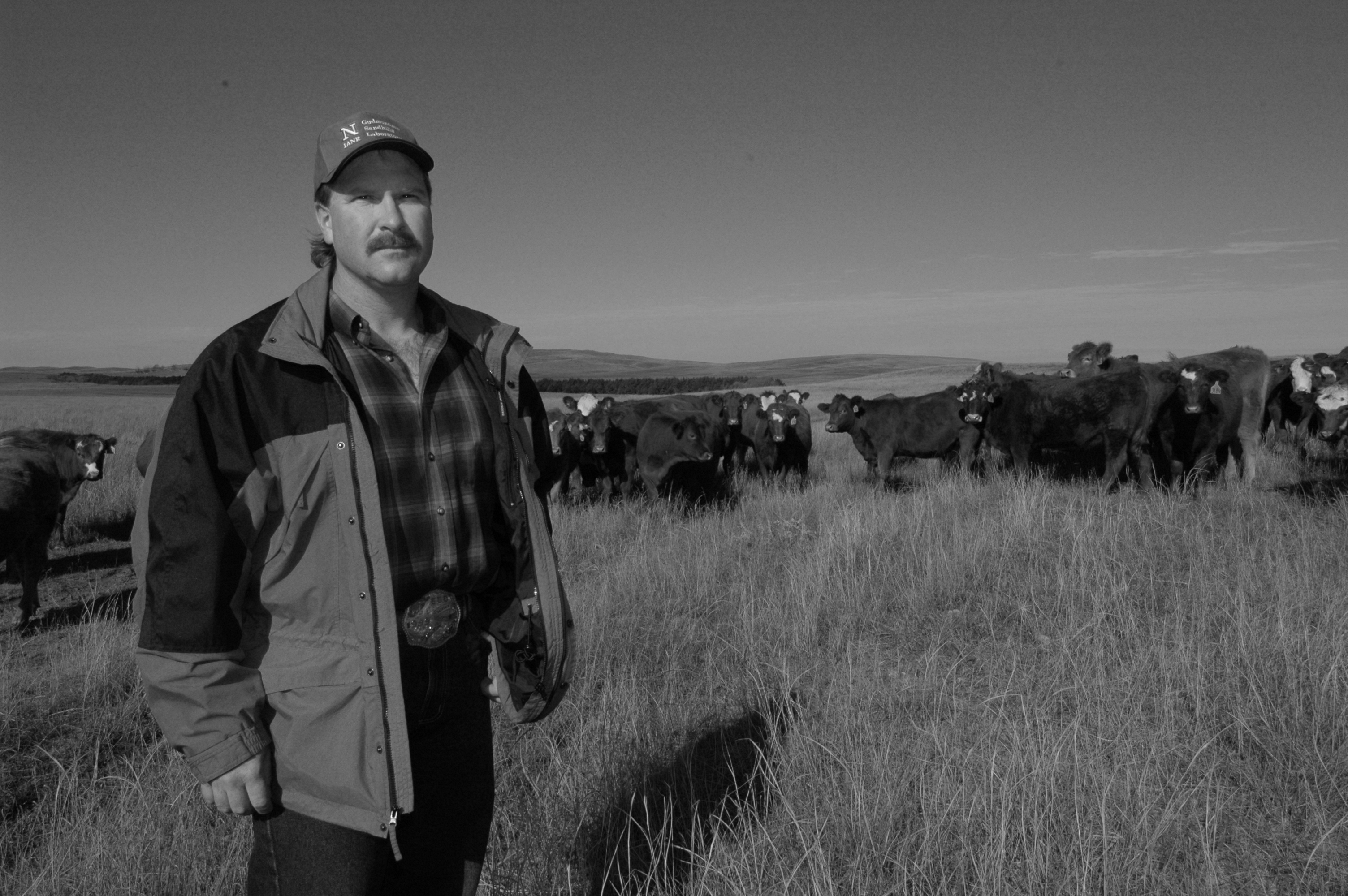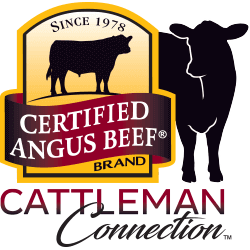
As cows eat, so grow the calves
by Miranda Reiman
Your cowherd checklist might look pretty sparse after the calves are weaned and rebreeding is confirmed. Maybe the cows regained some condition and they’re coasting now on crop residue. Next item would be, what, calving?
More properly, the next item would be nutrition during late gestation. New results from the University of Nebraska’s West Central Research and Extension Center say cow nutrition in the months before calving can determine their calves’ future production.
This is called fetal programming.
“There’s a positive effect on heifer fertility, which is important to ranchers for sure, and then there was also a benefit to weaning weights in some cases,” says Rick Funston, a researcher who has been involved in three different multi-year studies on the topic.
When they followed steer calves through the feedlot, another result became apparent.
“The greatest impact was on quality grade, and a greater share of that was on the upper two-thirds of Choice,” he says. That is the marbling mark cattle need to be accepted into the Certified Angus Beef ® (CAB ®) brand, a gateway to more quality premiums.
Funston’s work focused on protein supplementation during the late fall and early winter.
“That’s traditionally when producers would supplement cows, in that dormant grazing period,” he says. Other fetal programming work has looked at early- to mid-gestation nutrition, but Funston says that’s rarely a period for concern.
“Unless we’re in a drought, that’s really a non-issue in beef production in spring-calving herds,” he says.
The latest study divided cows into four groups. For three years in a row they were either grazing native pasture or corn stalks, and then they were split again with half receiving supplement and half not.

Both of the groups fed a daily pound of 28% crude protein supplement showed calf benefits, but the effects were more apparent for those on winter range. Funston says that’s probably because they were the most nutrient deficient, thus the results were magnified.
Although the supplemented cows went into calving in better body condition, all had similar pregnancy rates in the next breeding season.
“In all of our studies, supplementation almost never had an impact on birth weights, but it apparently impacts a metabolic system that provides a different gain and type of deposition,” Funston says.
The steers whose mothers were supplemented on range had a 48-pound (lb.) advantage in weaning weight, and they maintained that edge through harvest. Their carcasses were nearly 42 lb. heavier.
For those who own the cattle at harvest, the real payout comes in the form of greater carcass quality grade and carcass weights.
Offspring of the supplemented cows graded 86% Choice, compared to 71% in the non-supplemented group. However, the premium Choice percentage dropped 18 points without the added protein, 39% vs. 21%. Yield was virtually the same.
“The increase in percent Choice, without an increase in yield grade, translated to a $47 advantage in carcass value,” Funston says.
Cells are already differentiated into muscle, fat, organs or bone by late gestation, he says: “So it might just be an overall programming of nutrient utilization. The perceived lower plane of nutrition from those fetuses in the non-supplemented group might be programming the way they use nutrients postnatally.”
The reproduction benefit to heifer calves might come from the fact that certain nutrients can alter blood flow to the fetus and those same nutrients could affect hormone secretion.
The important practical note in all of this, says Funston, is that it’s more about keeping cows in good body condition than anything else.
“I’m not saying supplementation is the magic treatment. It’s probably total cow nutrition,” Funston says. “It might be achieved by supplementation or by higher condition going into winter.”
He recommends ranchers look at what feedstuffs are available locally, and those planning to feed harvested forage should test for protein content. Early weaning could reduce the need for supplementation, so that’s one more consideration in fitting economics to each producer’s system.
